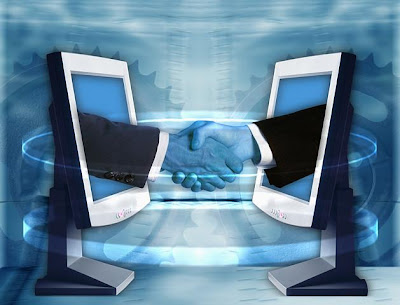
1. Get A USB-USB Cable
The first step in connecting the two PCs together is of course to get the USB-USB cable. Now you need to be very careful here ... you need to get the type of cable that is 'bridged'. This means there is a special feature in the cable that allows two PCs to communicate.
2. Installation
Once you've obtained the cable, you can hook up the cable and the PCs. First thing you need to do is to install any software and drivers that came with the cable.
Most cables should offer two modes of connection:
- In the link mode, you can freely copy files between the two computers.
- On network mode, you can not only copy files, but also share folders, printers and an Internet connection.
If you're using the cable under link mode, you simply access the transfer program provided by the cable software. Open up the program and start transferring your files.
If you're using network mode, you need to do the following:
- Go to the PC with Internet access. Go to Start => Settings => Network Connections. You'll find the network adapters presently on your PC.
- Now right click the adapter that is connecting your PC to the Internet. Choose Properties and click on the Advanced tab. In that tab, check 'Allow other network users to connect through this computer�s Internet connection'.
- Once you've done this, restart the PC and the other computer should be able to access the Internet as well.
Super subbu anaya
ReplyDeleteI was awaiting for this trick only.
ReplyDelete